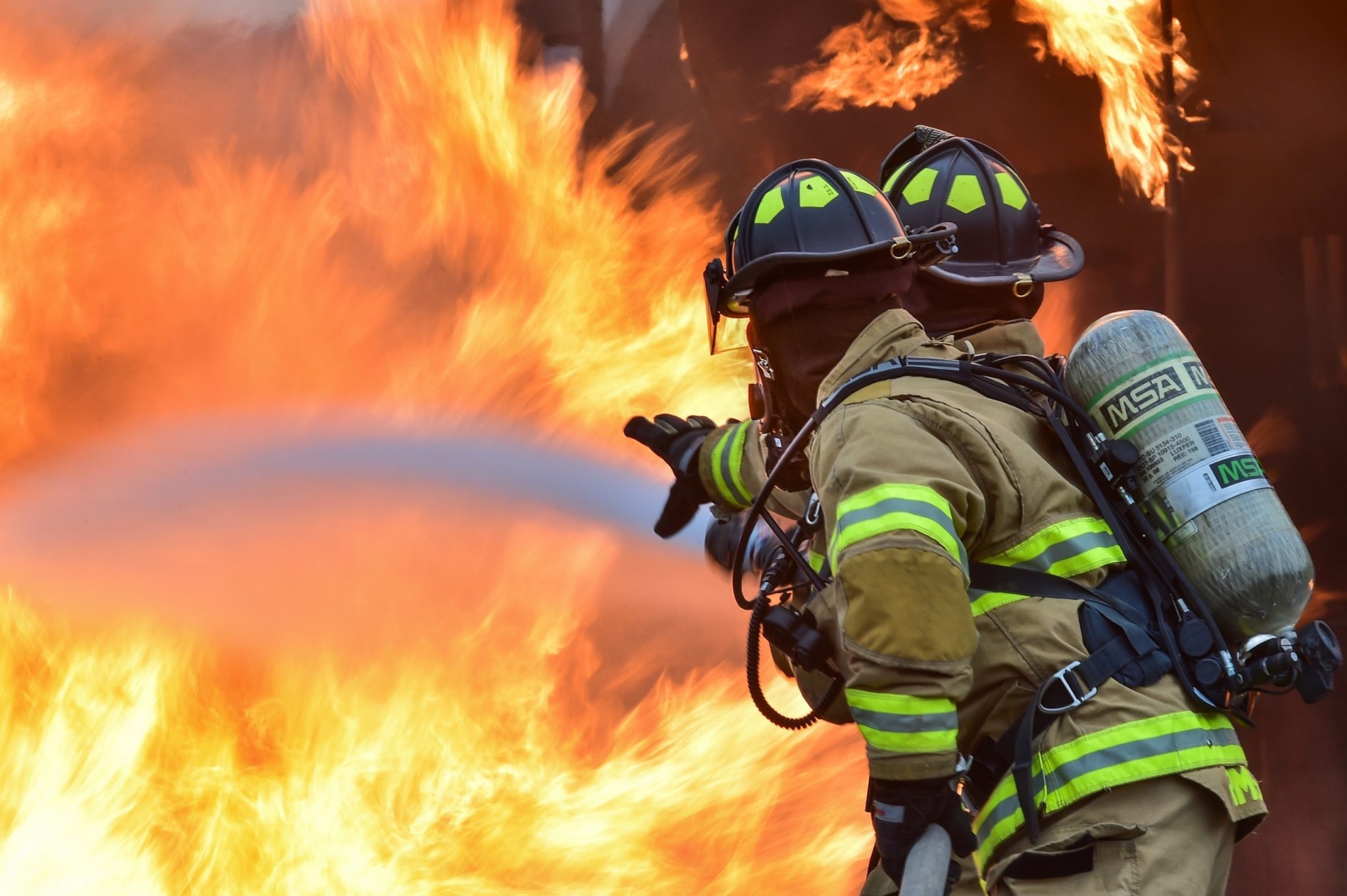
Confined spaces are inherently dangerous. We have already reported on a number of occasions that about 100 people a year lose their lives in a confined space, and 60% of these deaths are of people who are part of a confined space rescue team. In this post, we explore what makes confined spaces such a hazardous environment, and why confined space rescue teams are frequently summoned to these places.
1. Contaminated air
The number one reason why confined space rescue service is required is due to the health hazards caused by insufficient ventilation. This may cause a worker to succumb to low oxygen levels within the space, or to become intoxicated by gasses which are naturally occurring or which occur as a result of the work being carried out within the confined space.
2. Fires or explosions
A fire or explosion occurs when a flammable source, ignition and oxygen are present. In a confined space, with potentially complicated access or egress routes, even a small fire or explosion can be deadly to anyone working within the space. Most fires or explosions start spontaneously due to sparks from workers’ equipment igniting flammable dust in a space that is being ventilated for worker safety.
3. Biohazards
Confined spaces can play host to a number of biohazards, including moulds and fungi, which can trigger allergic reactions in workers or prompt respiratory infections that can progress into long-term, chronic health conditions.
4. Chemical reactions
Workers in confined spaces are exposed to chemical reactions that occur as a result of the work being conducted and the naturally occurring gasses reacting with each other within the space. They can also be exposed to chemical residues from previous work that was conducted within a space. A worker can be exposed to these chemicals through inhalation, accidental ingestion or skin contact, and any such contact can cause either an immediate or long-term reaction.
Confined Space Rescue: The need
When a worker in a confined space becomes trapped or is injured or sick due to the above-mentioned reasons, a rescue team will need to assemble there to retrieve them safely. They will need to consider all of the risks posed by the confined space and consider the way in which the worker came to harm. The aim is to plan the best method of evacuating them while avoiding succumbing to the same hazard.
For example, if the worker was overcome by toxic gasses, the rescue team should either artificially ventilate the area prior to entry or wear specialist PPE including respirators to allow them to safely breathe in the confined space while the rescue is being conducted.
Summary
Before entering a confined space, a rescue team must ensure that a hazard assessment of the space has been conducted and that they understand the risks that they are most likely to face. They must ensure that they are suitably equipped with the tools and PPE best suited to that particular environment and remain in contact with an attendant outside of the space at all times.
If issues arise, the work should be aborted, and the worker should be evacuated at the earliest opportunity. Where a worker is injured, a rescue team must be fully briefed and respond promptly to reduce the likelihood of worker death.